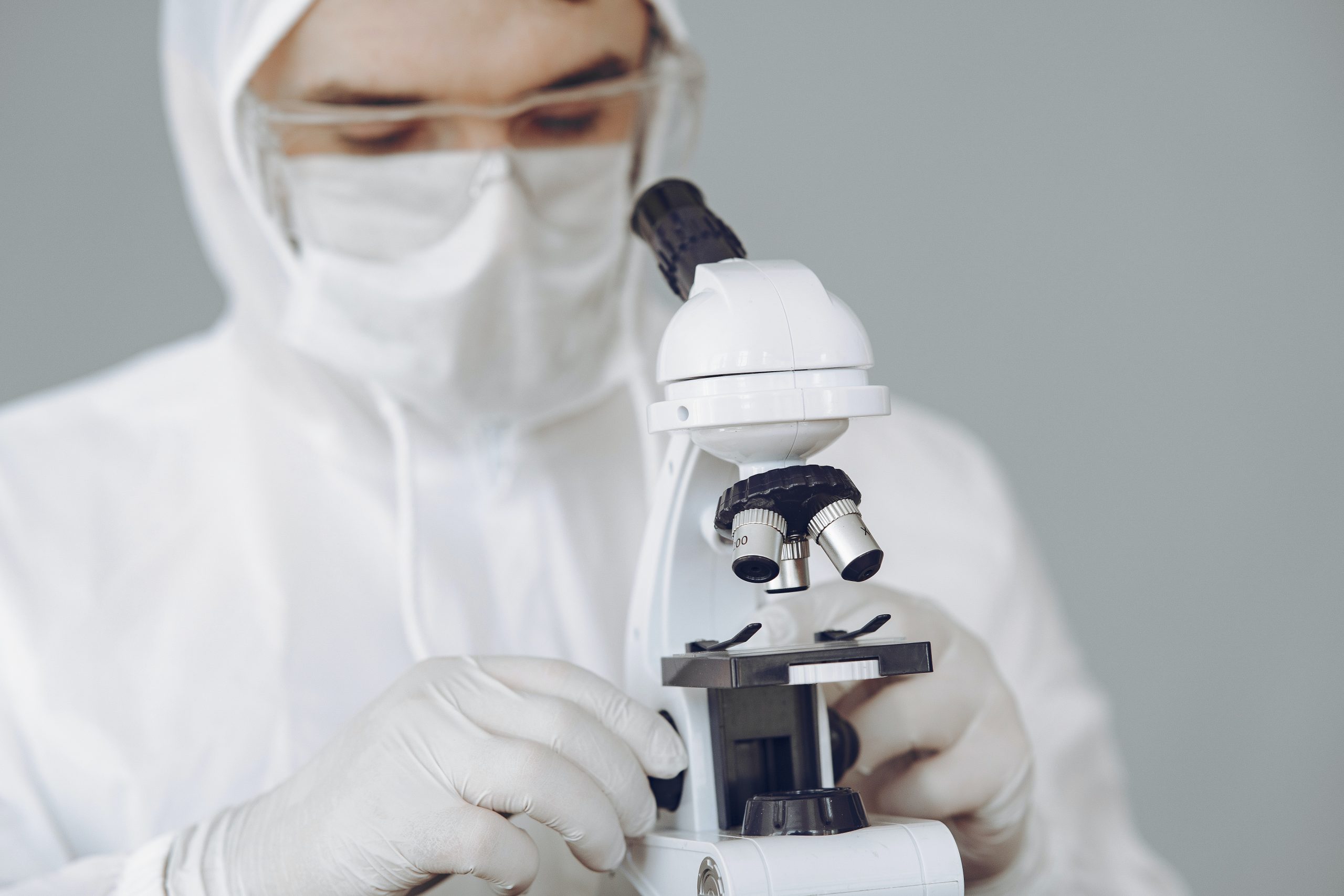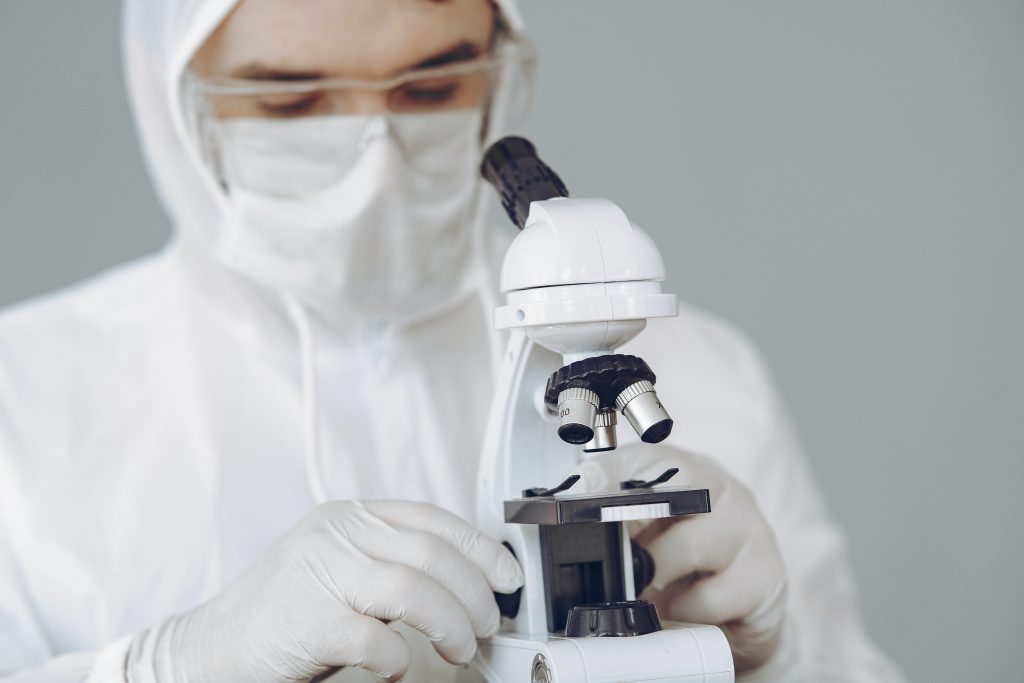Autism Spectrum Disorder is a neurological ailment that disturbs communication, social interaction, also actions in kids. Diagnosis of disorder can be a time-consuming and challenging process for healthcare professionals, but recent research suggests that scientists can now diagnose autism in kids using their hair. In this article, we will discuss the current challenges of the diagnosis of this ailment and how scientists are using hair samples to make early and accurate diagnoses.
THE CHALLENGES OF DIAGNOSIS:
Currently, the diagnosis of autism involves a combination of behavioral assessments, developmental evaluations, and medical evaluations. The process can take months or even years, and the diagnostic criteria for ASD are constantly evolving. One of the biggest challenges in the diagnosis of autism is the lack of a clear biological marker, making it difficult to diagnose it early, which is crucial for ensuring that children receive appropriate treatment and support as soon as possible.
A BREAKTHROUGH IN EARLY DIAGNOSIS OF AUTISM:
Recent research has shown that scientists can diagnose autism in children using a simple hair sample. A team of scientists from the University of Baltimore discovered that children with this disorder have distinct patterns of metal accumulation in their hair, specifically higher levels of heavy metals such as lead, nickel, and aluminum. These metals are thought to be linked to the development of autism.
The study analyzed hair samples from over 100 children with autism and compared them to samples from a control group of naturally developing children. The outcomes presented that children who have autism had significantly higher levels of heavy metals in their hair compared to the control group. The metal patterns within the hair samples of children who have ASD were similar to those seen in children exposed to environmental toxins. This suggests that exposure to environmental toxins may be a risk factor for the development of autism.
BENEFITS OF HAIR SAMPLE DIAGNOSIS FOR AUTISM:
The benefits of using hair samples to diagnose autism are numerous. This new diagnostic method is non-invasive, quick, and inexpensive, making it an ideal screening tool for it. It also enables healthcare professionals to diagnose earlier, which is crucial for ensuring that children receive appropriate treatment and support as early as possible.
Additionally, hair samples are easy to collect and can be done on kids as young as 2-3 years old, which can help with early diagnoses and intervention. A hair test can be done at home, which is a great advantage as it can be a difficult task for parents to take their kids to hospitals or clinics for checkups or diagnostics.
FUTURE OF AUTISM DIAGNOSIS USING HAIR SAMPLES:
The research team is now working on developing a simple, inexpensive hair test that can be used in a clinical setting to diagnose autism. If successful, this new diagnostic method has the potential to revolutionize the way it is diagnosed and could lead to significant improvements in the lives of children with this ailment and their families.
CONCLUSION:
In conclusion, recent research has shown that scientists can diagnose ailment in children using a simple hair sample. The discovery that disorder can be diagnosed using a hair sample has significant implications for the future, and it could lead to significant improvements in the lives of children with this disorder and their families. This new diagnostic method is non-invasive, quick, and inexpensive, which makes it an ideal screening tool for ASD. The future looks promising in the field of ailment diagnosis, and this research has opened the door to new possibilities for understanding this disorder.
For more topics click here.





Is it medically proven?
We should be aware of all these things…